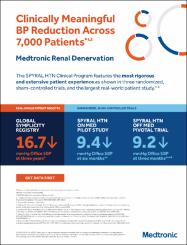The Relationship Between Gamma-Glutamyl Transferase Levels and Coronary Plaque Burdens and Plaque Structures in Young Adults With Coronary Atherosclerosis

View/
Date
2014Author
Çelik, ÖmerÇakmak, Hüseyin Altuğ
Satilmis, Seckin
Gungor, Baris
Akın, Fatih
Ozturk, Derya
Uslu, Nevzat
Metadata
Show full item recordAbstract
Background: Elevated gamma-glutamyl transferase (GGT) levels have been demonstrated to be associated with poor prognoses in patients with coronary artery disease. Coronary computed tomography angiography (CCTA) is a noninvasive imaging modality that may differentiate the structure of coronary plaques. Elevated plaque burdens and noncalcified plaques, detected by CCTA, are important predictors of atherosclerosis in young adults. Hypothesis: The present study investigated the possible relationship between GGT levels and coronary plaque burdens/structures in young adults with coronary atherosclerosis. Methods: CCTA images of 259 subjects were retrospectively examined, and GGT levels were compared between patients with coronary plaques and individuals with normal coronary arteries. Coronary plaques, detected by CCTA, were categorized as noncalcified, calcified, and mixed, according to their structures. The significant independent predictors of coronary atherosclerosis were also analyzed using multivariate logistic regression analysis. Results: GGT levels were significantly higher in patients with coronary plaque formation than in controls (35.7 +/- 14.7 vs 19.6 +/- 10.0 U/L; P < 0.001). GGT levels were also positively correlated with the number of plaques; presence of noncalcified plaques; and levels of high-sensitivity C-reactive protein (hs-CRP), hemoglobin A1c, uric acid, and triglycerides. Moreover, smoking and levels of GGT, hs-CRP, uric acid, and low high-density lipoprotein cholesterol were independent predictors of coronary atherosclerosis. Conclusions: GGT is an inexpensive and readily available marker that provides additional risk stratification beyond that provided by conventional risk factors for predicting coronary plaque burdens and plaque structures in young adults.

















